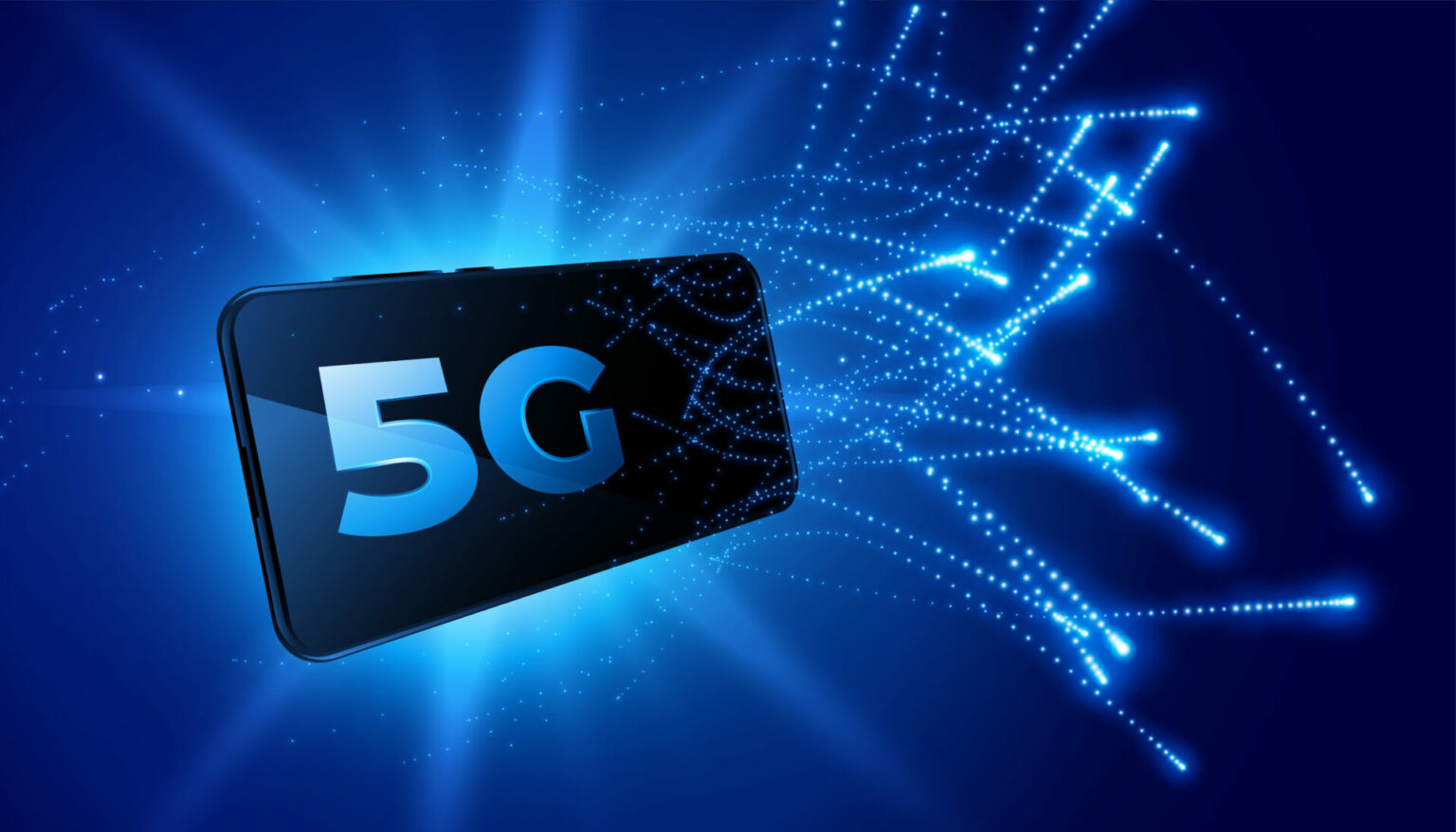India’s internet economy is expected to grow sixfold to reach $1 trillion by 2030, driven by massive e-commerce, according to a report by Google, Temasek, and Bain & Company on Tuesday.
Table of Contents:
Introduction:
A recent report has predicted massive growth in India’s Internet Economy, which is expected to reach $1 trillion by 2030. Rapid development in technology increased Internet penetration, and changing consumer behavior are expected to be the driving forces behind change. This article provides a summary of the report, highlights the key factors driving the expansion of India’s Internet business, and explores its implications for various industries and people involved.
The Rise of India’s Internet Economy:
According to the report, India’s Internet economy is expected to grow exponentially over the next decade. With the growth of smartphones, affordable data, and advanced digital infrastructure, the number of internet users in India is expected to increase.
As more and more people connect to the internet, the need for many things like e-commerce, digital payments, online education, and streaming services is increasing.
India’s growing e-commerce market is expected to continue its upward trajectory, driven by companies like Flipkart and Amazon India. The convenience of online shopping combined with attractive discounts and a wide range of products has changed the way people shop in India. Similarly, digital payments have seen significant growth as the government pushes for a cashless economy and with the rise of mobile payments like Paytm and Google Pay.
On average, India uses 12GB of mobile data per user per month, the highest rate in the world. Understandably, the development of the mobile internet has played an important role in the digitization of the country. India will experience the fastest mobile data penetration in 2021.

Again, there are two main reasons behind penetration. First, the growth of affordable smartphones since 2010 has created a good environment for digital growth. Next up is Reliance Jio, with inexpensive data plans that make internet access easy for almost anyone.
Impact on Education and Entertainment:
The expansion of the Internet industry in India is expected to change the education and entertainment industries as well. The popularity of online courses has increased, especially as traditional classrooms have been impacted by the COVID-19 pandemic.
Education technology companies that offer live-streamed lectures, interactive information sessions, and face-to-face learning programs have seen an increase in student enrollment.
In addition, the entertainment industry is experiencing a digital revolution. Video streaming platforms like Netflix, Amazon Prime Video, and Disney + Hotstar are popular and offer a wide variety of movies, TV shows, and original content. The availability of affordable high-speed internet and the growing demand for on-demand entertainment are driving the growth of these platforms.

Challenges and Opportunities:
While the vision for India’s Internet business is promising, there are some challenges that need to be addressed. The digital divide remains a major problem, and rural areas still lack adequate Internet infrastructure and connectivity. Closing this gap and creating synergies is important to support the growth of the Internet business.
Cybersecurity and data privacy concerns also pose risks to the digital ecosystem. With trust in digital services, protecting users’ sensitive information and maintaining online security must be top priorities.
Conclusion:
The report predicts that India’s Internet market will reach $1 trillion by 2030, demonstrating the great potential of the country’s digital transformation. The rapid growth of Internet users, coupled with technological advances and changing consumer behavior, presents many opportunities for many businesses. However, addressing issues such as the digital divide and cybersecurity is critical to realizing the full potential of India’s internet economy and ensuring a secure and inclusive future.












